In pictures: Total lunar eclipse 'blood moon' seen from across the globe
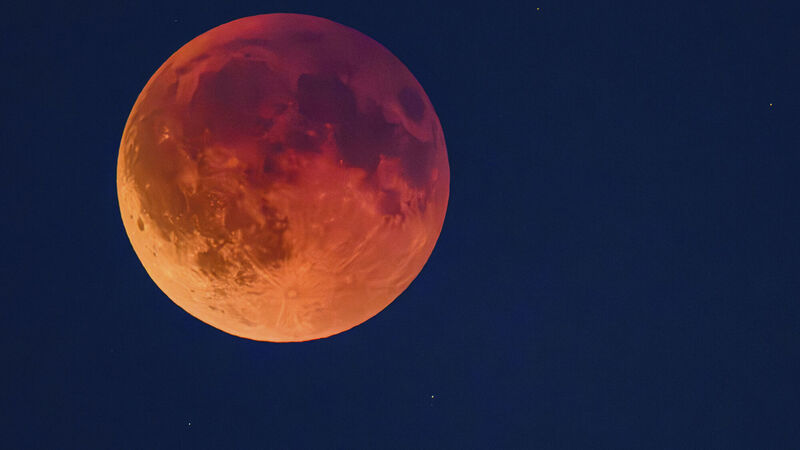
The total lunar eclipse can be seen as a "blood moon" in Lebus, Germany, on Sunday evening. Picture: Patrick Pleul/dpa via AP
A total lunar eclipse "blood moon" was visible to many across the globe on Sunday night.
Stargazers got the chance to see the rare spectacle for the first time since 2022, with the moon visible in western Europe, Asia, and Australia.
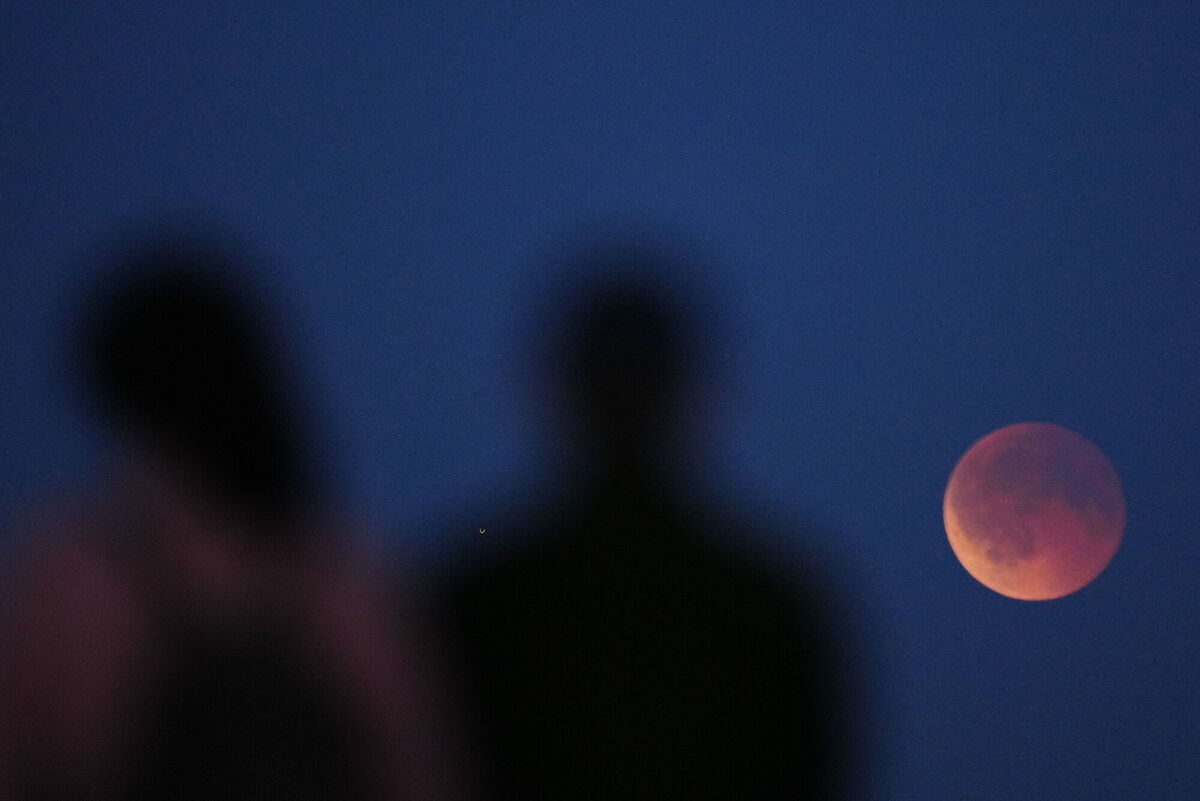
The moon turned a deep, dark red — sometimes called a “blood moon” — as the Earth passed directly between the Sun and the Moon, casting its shadow across the lunar surface.
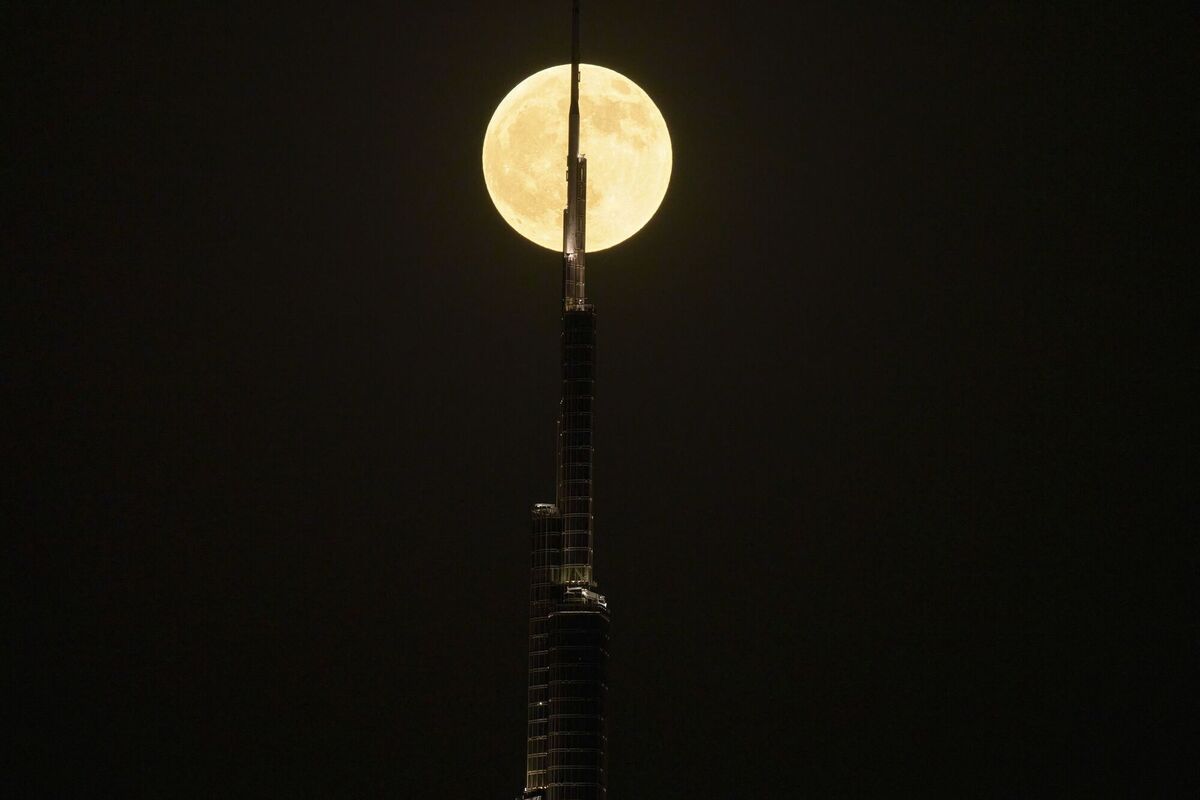
The slightly reddish hue of the moon during the eclipse means it is often referred to as a "blood moon".
The eclipse was visible to the naked eye in some parts of the world, and unlike solar eclipses, was safe to view directly as the Moon’s reflected light is not as bright.

According to Astronomy Ireland, the next total lunar eclipse will not occur until late 2028.
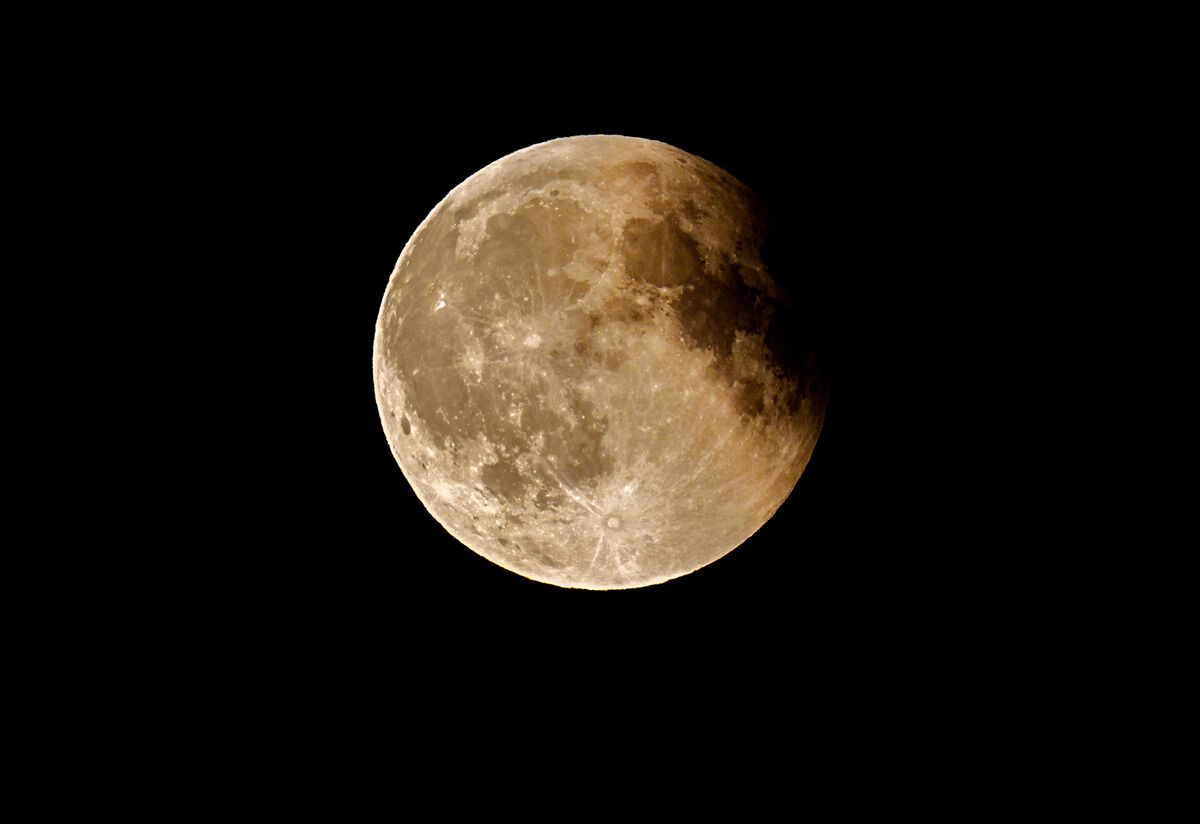
Editor David Moore said an almost-total solar eclipse will occur next year on August 12, covering more than 90% of the sun.
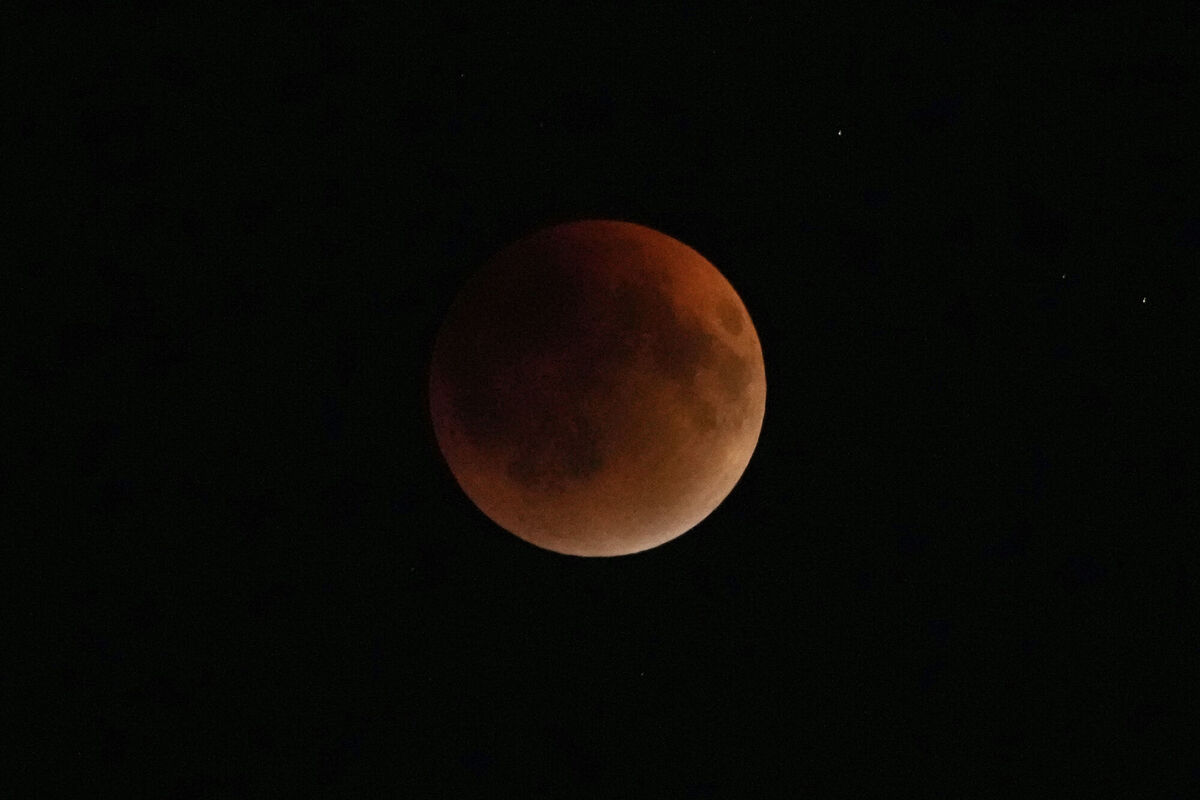
September will also see the autumnal equinox arrive.
On September 22, day and night will be of equal length for everyone on Earth.









